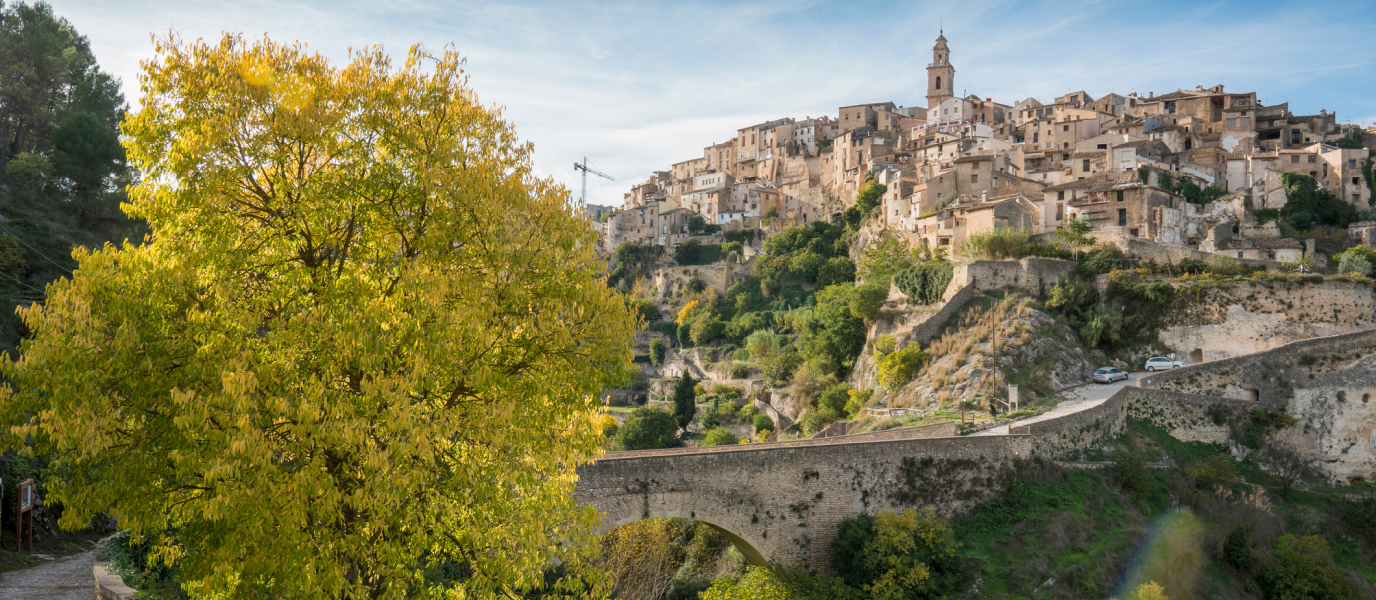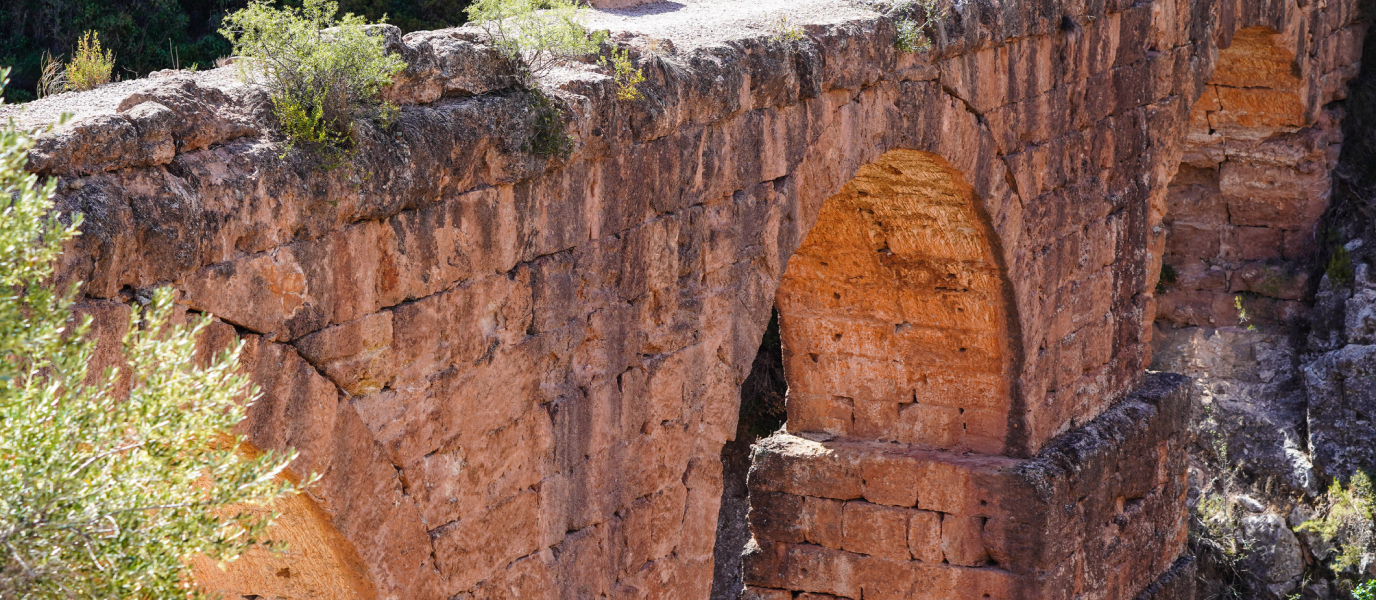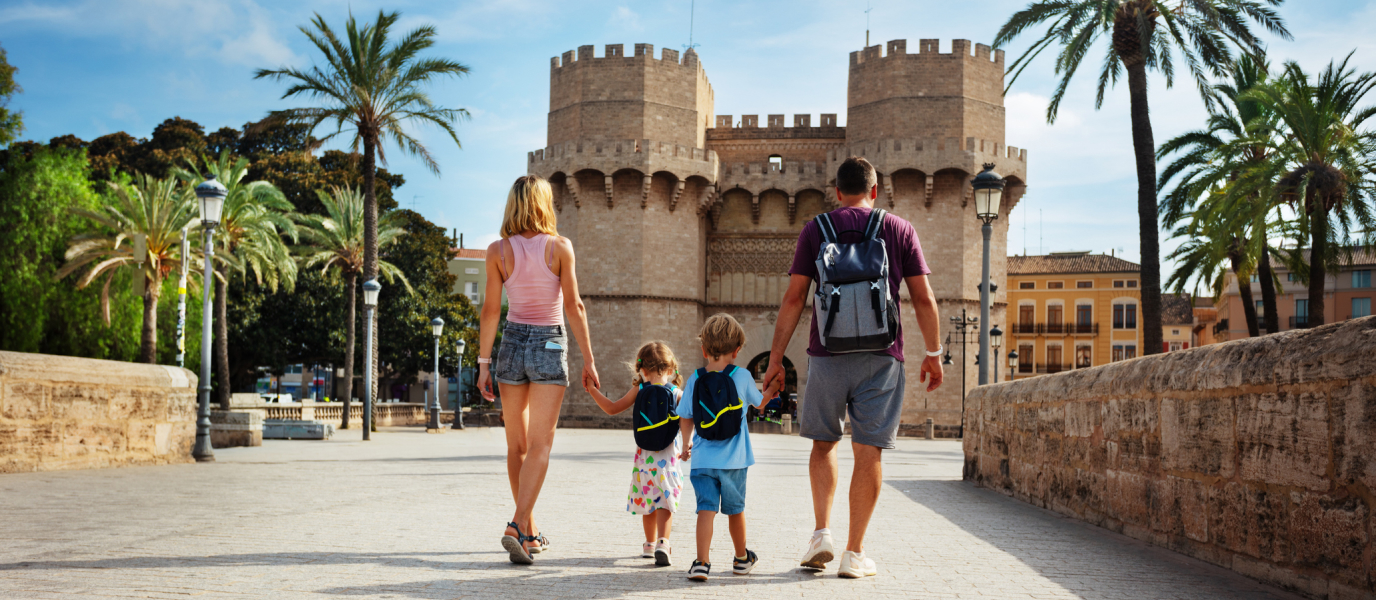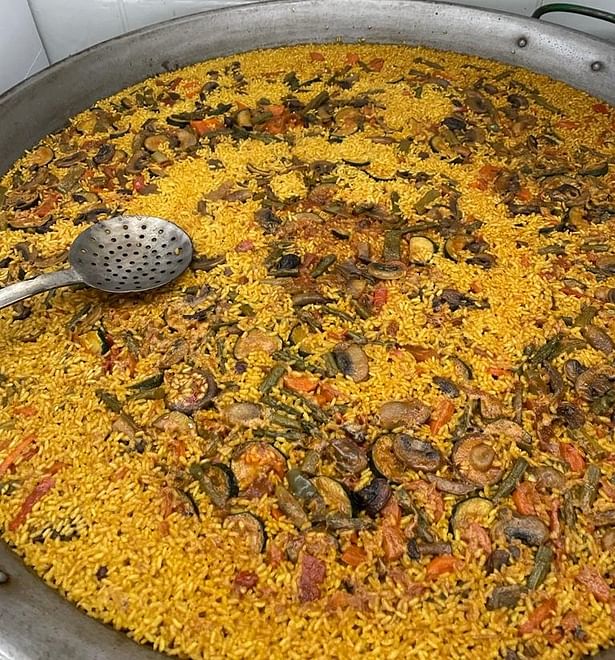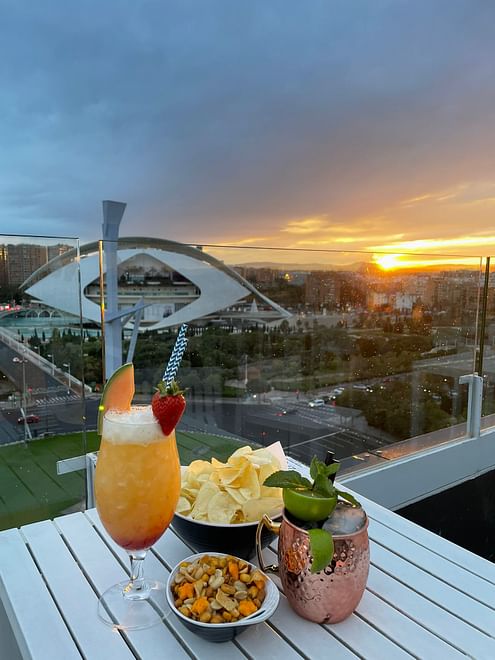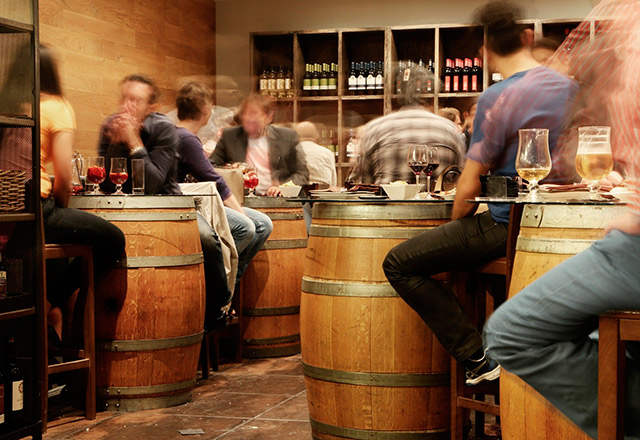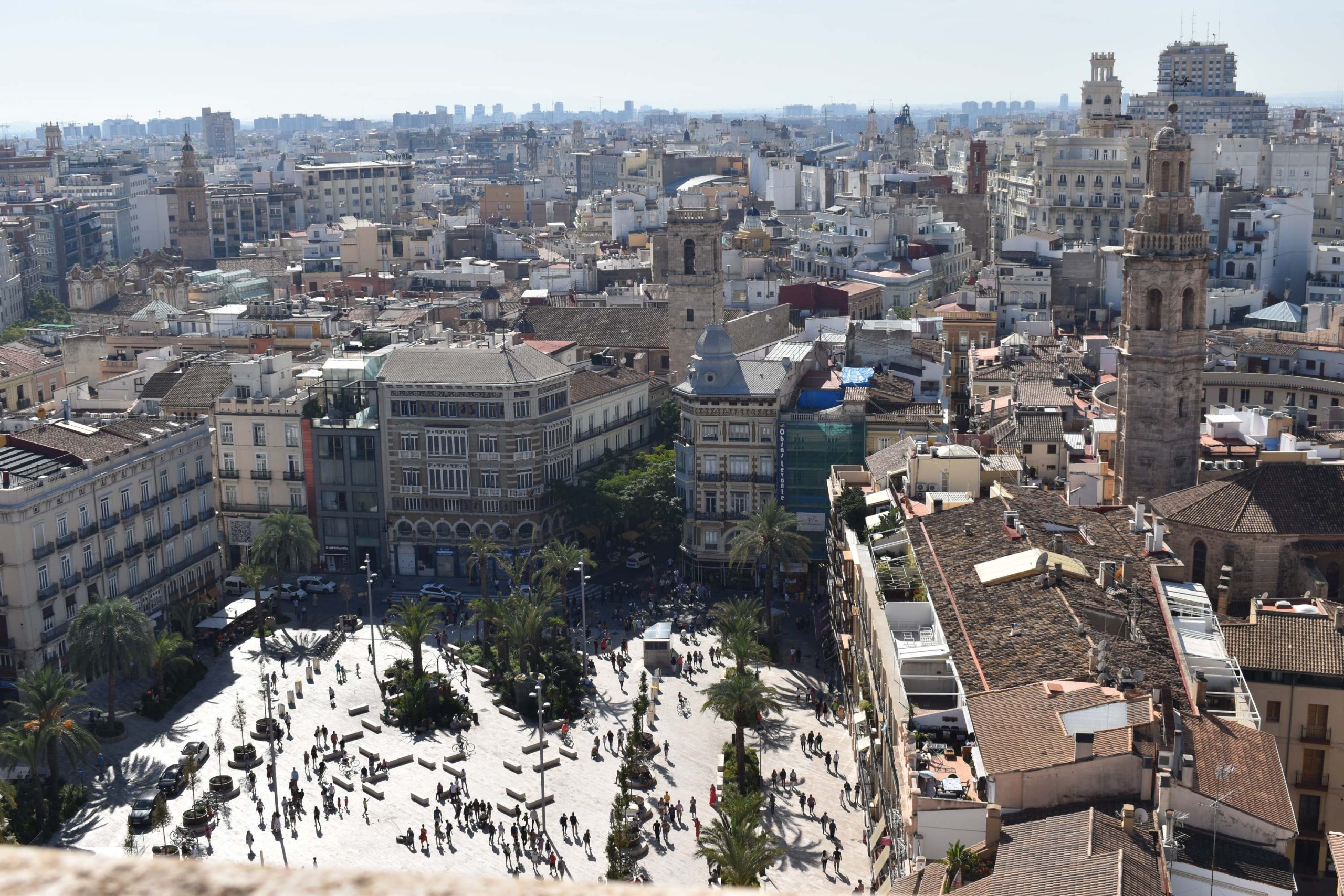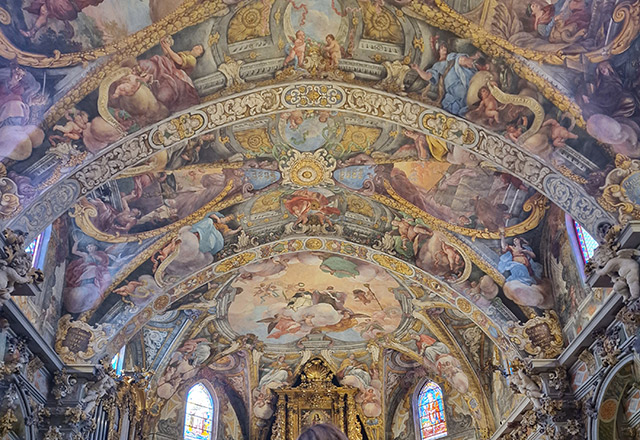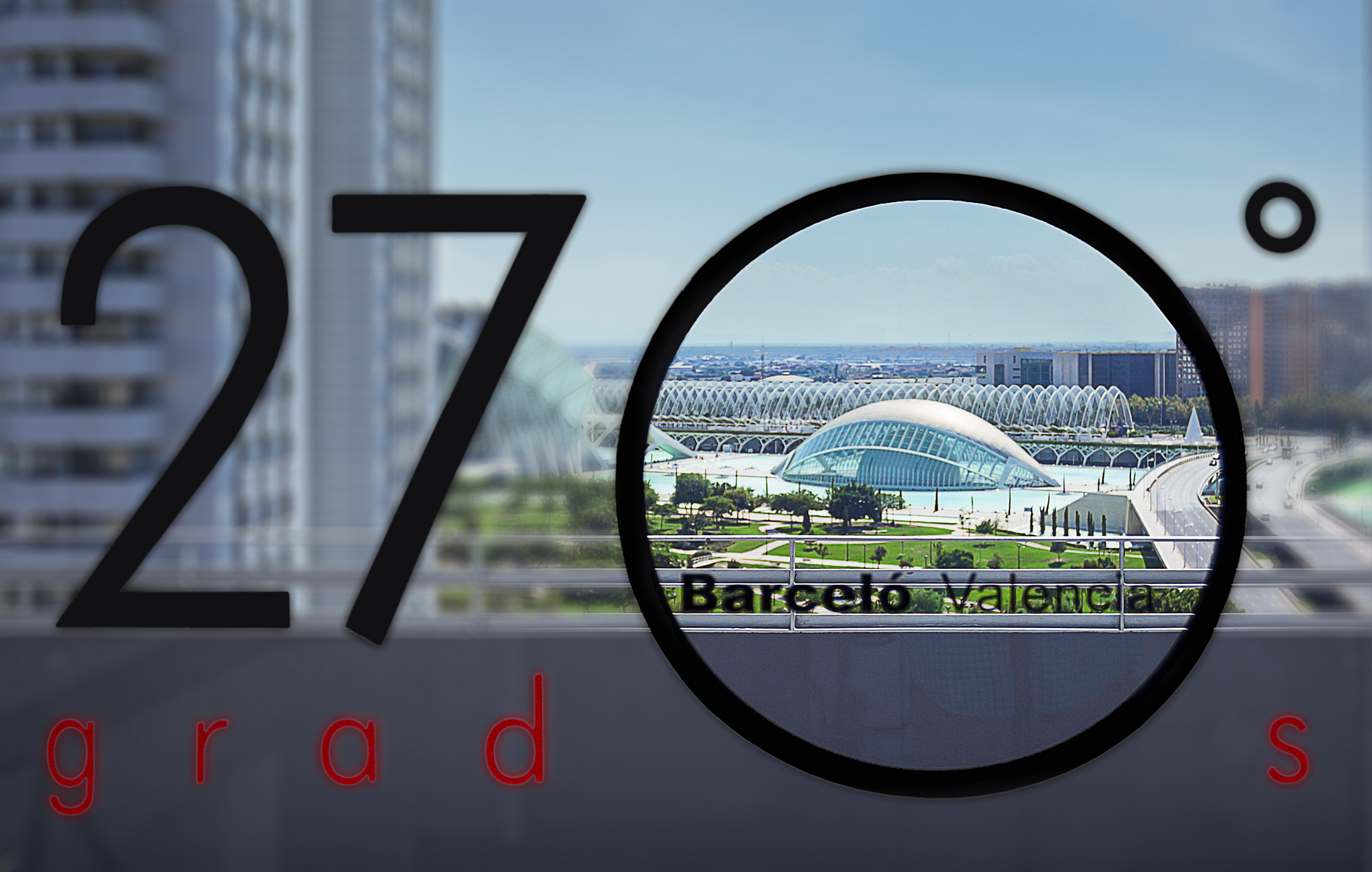Requena, 70 kilometres away from Valencia, was once an important silk-producing town due to its mulberry plantations. Today it is home to an excellent wine with a Designation of Origin (D.O.).
Requena, a medieval town
The name Requena comes from the Arabic word Rakkana meaning ‘secure’. Its original settlement was on the site of what is now the La Villa neighbourhood, where you can travel back to the Middle Ages. Declared a Conservation Area of National Interest in 1966, it can be entered from Calle del Colegio or Calle de Santa María, where you will see various stately houses. Take the steep castle path up to Torre del Homenaje, a watchtower that was built by the Moors in the tenth century and remodelled by the Christians in the fifteenth century. At its base look out for the bars, behind which prisoners were locked up when the tower was used as a prison.
Continuing on your way up, you’ll come to the Arab citadel and its walls, before arriving at Plaza del Castillo, which was originally a parade ground and where houses were built adjoining the walls. At this point you will be right in the heart of the old town amid winding narrow streets and churches such as the Church of Santa María and the Church of El Salvador, both with Gothic façades. In front of the latter is Casa de los Pedrón. On one of its corners is a gargoyle, from which hung a chain; if the persecuted were able to hold on to the chain before being caught they were pardoned.
Along the narrow streets you will come to the Casa del Arte Mayor de la Seda [Silk Museum], which, as we previously mentioned, was Requena’s main industry until the mulberries were replaced with vines. You’ll also run into the Casa de Santa Teresa, where it is said the saint herself lived.
Your walk will then eventually take you to Plaza de la Villa where, like in many medieval towns, institutions such as the town hall, the inquisition, the prison and other municipal buildings were located. From here you can also access the famous Requena Caves.
Requena Caves
Requena sits on top of a network of 300 caves, which, thanks to a painstaking restoration process, are a genuine underground museum. Most of the caves were used as wine cellars, although they were also used for storing grains, as war shelters and even as ossuaries for storing bones. These days you can view the large clay pots and tools that have been used to make wine since the Middle Ages. The enormous size of some of the clay pots is particularly striking. In fact, they were made within the caves themselves, as it would have been impossible to transport them from outside. Notice how some of the clay pots have large iron staples to secure the cracks that have emerged over time.
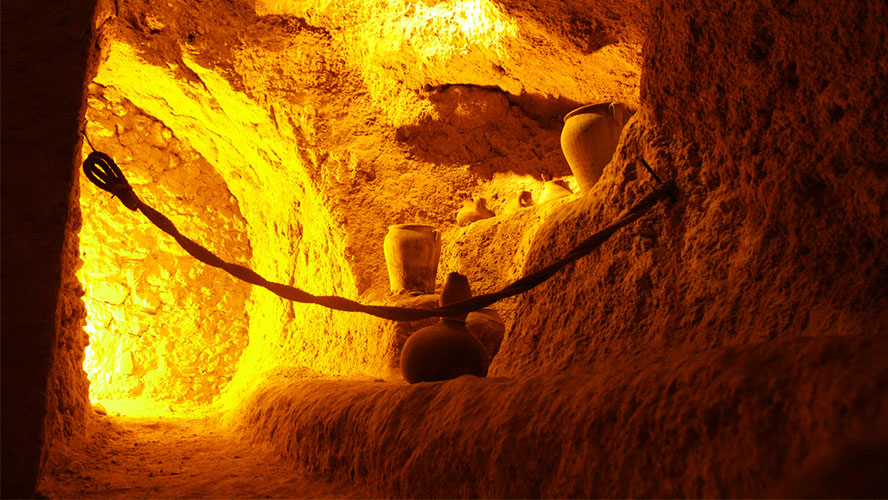
The caves can be accessed from Plaza de la Villa, at the Visitor Centre, where you will also find the Interpretation Centre on the first floor. From there you can also access the ossuary of the Church of El Salvador.
On the outskirts of the town you can visit two wineries housed in Modernist buildings—Torre Oria and Mas de Bazán—and explore natural places such as the so-called Fuente Podrida, from which emerges a natural spring with mineral-medicinal properties.
El Cid in Requena
Requena has historical ties with Cid Campeador, as he lived in the town for a period. Strolling through the Arrabal de San Nicolás you’ll be able to see the Palacio del Cid palace. However, it is not the original, as it was built in the fifteenth century in Gothic style on the site of what was once the residence of Don Rodrigo Díaz de Vivar. This was where El Cid met with King Alfonso VI to arrange the marriage of his two daughters, Doña Sol and Doña Elvira, with two infantes of Carrión. Today, it is the Wine Museum of Requena.
This part of the Arrabal area is where you will find shops selling Requena’s traditional cured sausages with seven varieties: longaniza, salchichón, sobrasada, morcilla, chorizo, perro and güeña, which all go perfectly with a glass of red or rosé with Utiel-Requena Designation of Origin. With buildings dating from the eighteenth century, this part of the town is nevertheless known as the new town. Avenida del Arrabal is the liveliest part of the town; at one end is the Wine Harvest Monument and at the other, the Fuente de los Patos fountain. The area is full of cafés and bars with outdoor seating. One of the most famous is Café Reke, which specialises in Reke coffee—the area’s renowned coffee—and also serves ice cream.
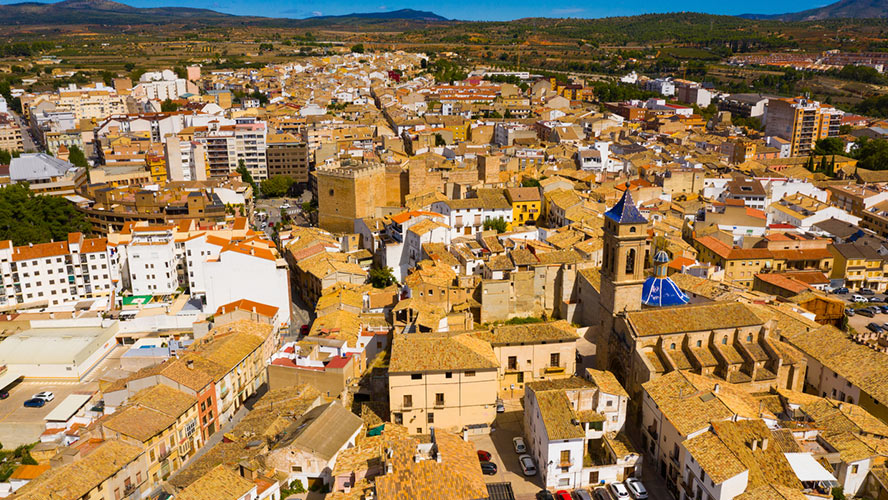
Wine Harvest Festival
A fine example of the importance of wine and grapes for the region is the Wine Harvest Festival, one of the oldest festivities in Spain. In late August, coinciding with the grape-stomping of the first harvest, Requena plays host to Las Noches del Vino, La Noche del Labrador, open-air dances, parades, processions, theatre performances and music concerts. The party goes on through the day into the night with the most important day taking place on the last Tuesday of August: La Noche de la Zurra. Everyone gets fully doused in wine—both on the inside and outside—as a truck hands out wine to revellers whilst locals throw wine from their balconies.





































































